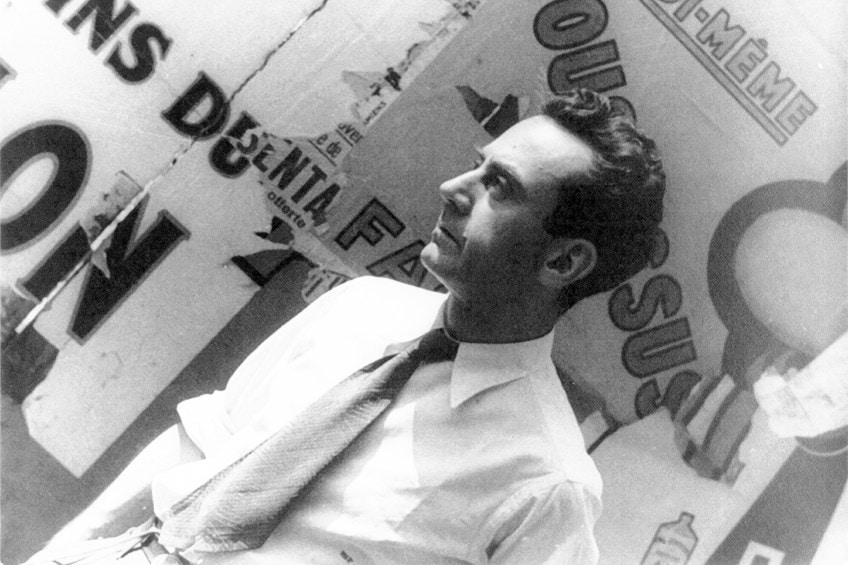Man Ray – The Life and Works of Artist Emmanuel Radnitzky
Man Ray’s art career is noteworthy for the popularity he attained in both Europe and the United States. Man Ray’s artworks included sculptures, paintings, prints, and film, and he created in genres inspired by Futurism, Cubism, and Surrealism throughout his lengthy career. Man Ray’s photography was much sought after in the commercial world, and he gained much success as a fashion photographer. However, it is Man Ray’s photographs of the inter-war period that he is most remembered for.
An Exploration of Man Ray’s Art and Life
| Nationality | American |
| Date of Birth | 27 August 1890 |
| Date of Death | 18 November 1976 |
| Place of Birth | Philadelphia, Pennsylvania |
A Jewish-Russian immigrant family gave birth to Emmanuel Radnitzky in 1890, but out of concern for anti-Semitism, they shortened their last name to Ray. Man Ray kept his family’s genealogy hidden for the majority of his profession as an artist, yet their presence can be seen in several of his works. Ray studied drafting, freehand sketching, and other fundamental architectural and engineering techniques in high school. He also performed really well in his art classes.
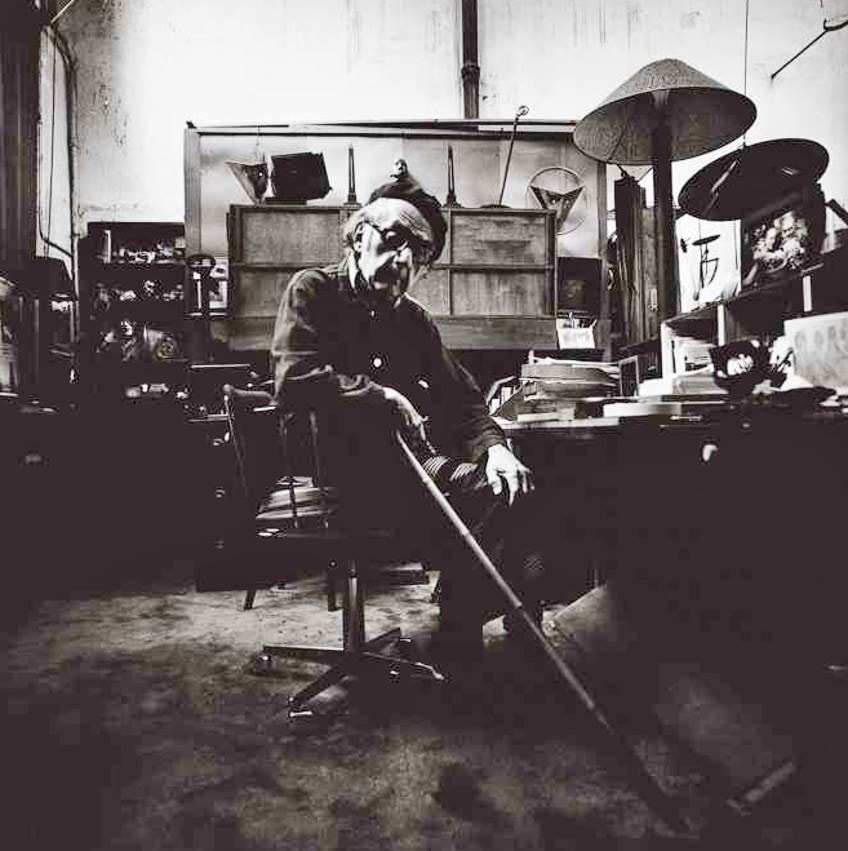
Education and Early Training
Man Ray worked hard in his little studio situated at his parent’s home to become an artist while doing side jobs as a commercial illustrator. He became acquainted with the art world through visiting art museums and art galleries in New York City, and he grew intrigued with the latest avant-garde work from Europe. He studied at the Ferrer School in 1912 and launched his career as a professional artist.
He encountered his first notable professors and artists, such as Samuel Halpert, Robert Henri, and Adolf Wolff, while attending this institution established on libertarian beliefs, and was influenced by individuals with anarchist ideals, which helped form his own worldview.
Man Ray relocated to an artist’s community in New Jersey in 1913, after initially sharing a tiny workspace with Adolf Wolff. He occupied a cramped cottage with artist Samuel Halpert, who encouraged Ray to form concepts and methods that would ultimately become the basis of his work. Throughout this period, he visited New York City’s 291 Gallery. Alfred Stieglitz, the gallerist and photographer who exposed Ray to the field, became a close friend of Ray’s. During this time, Man Ray would meet Marcel Duchamp, who was exploring the community with Walter Arensberg, and they quickly became friends.
Ray’s fascination with movement was shaped by this new connection, which led him to Dada and Surrealism.

Man Ray’s early work was devoted to painting in the Cubist style. In 1915, he had his first solo exhibition at the Daniel Gallery, which included 30 canvases and a few sketches. The artworks were a combination of semi-representational sceneries and abstracted “Arrangements of Forms” works; these conceptual works demonstrated his growing interest in analytic and intellectual methods of creating. He had more pieces in his workshop than he could keep count of by this point. As documentation, he began photographing his canvases and experimented with the camera as another tool capable of producing art.
Man Ray and Duchamp made numerous attempts to popularize Dada in New York.
In 1916, they created the Society of Independent Artists, and in 1920, they created the sole edition of New York Dada. The Société Anonyme, Inc. was created that same year by a notable art patron, Katherine Dreier. The Société Anonyme was the very first museum in the US to dedicate itself to presenting and developing modern art, nine years before The Museum of Modern Art. Yet, Ray was depressed owing to the absence of public excitement for Dada artwork in New York, as well as his damaged relationship with his first wife. Man Ray relocated to Paris in 1921, encouraged by Duchamp.
Mature Period
Man Ray resided at Montparnasse for the following 18 years, where he befriended prominent philosophers and artists such as Gertrude Stein, James Joyce, and Antonin Artaud. Ray also met Kiki of Montparnasse, a renowned performer who became his partner and a recurrent topic in his works for six years.
Throughout this time, he created some of his most significant works, including fashion photography for Vanity Fair and Vogue. Ray unintentionally developed a technique called “photogram” while working to develop his images in the dark room, a procedure also referred to as camera-less photography utilizing light-sensitive paper.
He named this method “Rayograph”, and he experimented with it for approximately 40 years.
Later Years
Man Ray was forced to flee France due to the war in 1940 and relocated to Los Angeles, where he met his final wife, Juliet Browner, who he married in 1946. He presented his debut showcase at the Pasadena Art Institute in the autumn of 1944, displaying paintings, sketches, watercolors, and photos from his 30 years as an artist.
When in Hollywood, Ray had a great career as a photographer, but he thought the city was lacking stimulation and the type of recognition he sought.
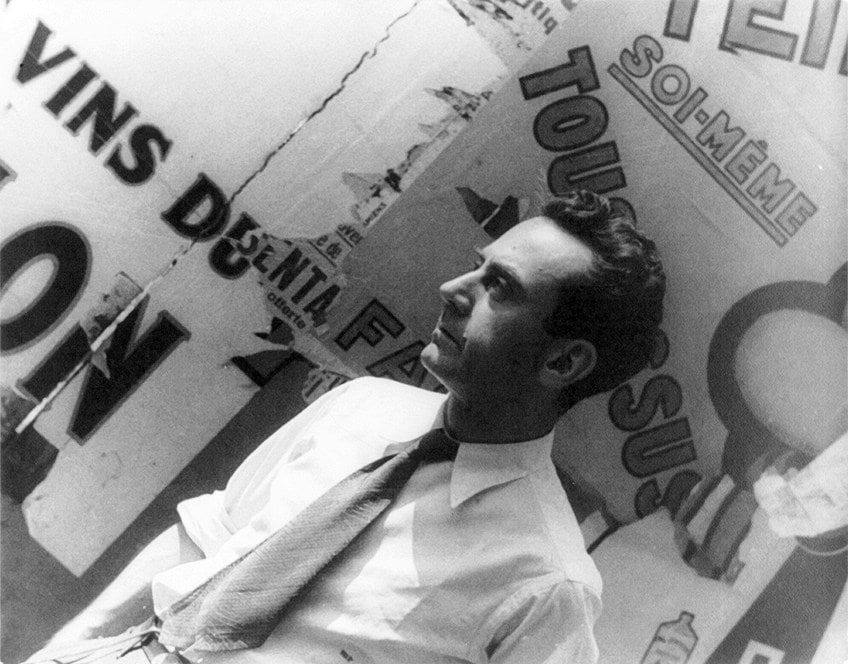
Despite being back in the United States, Ray believed that his capacity to transition from one discipline to another, as well as his competence in commercial photography, perplexed American critics. Ray yearned to return to Montparnasse, where he was most at ease, and did so in 1951. Following his arrival, he started to write his autobiography in order to defend himself against those he claimed misinterpreted and distorted his works.
He worked on producing paintings, photos, and collages until his passing at 86 years of age.
Important Examples of Man Ray’s Photography and Art
Man Ray’s photographs and other artworks regularly bridged the gap between art and realism. It was a way of chronicling works that never had a life outside of the image, as well as documenting the behavior of his avant-garde colleagues. His job as a commercial photographer inspired him to produce beautiful prints, yet he never aspired to produce fine art photography like his early influence, Alfred Stieglitz.
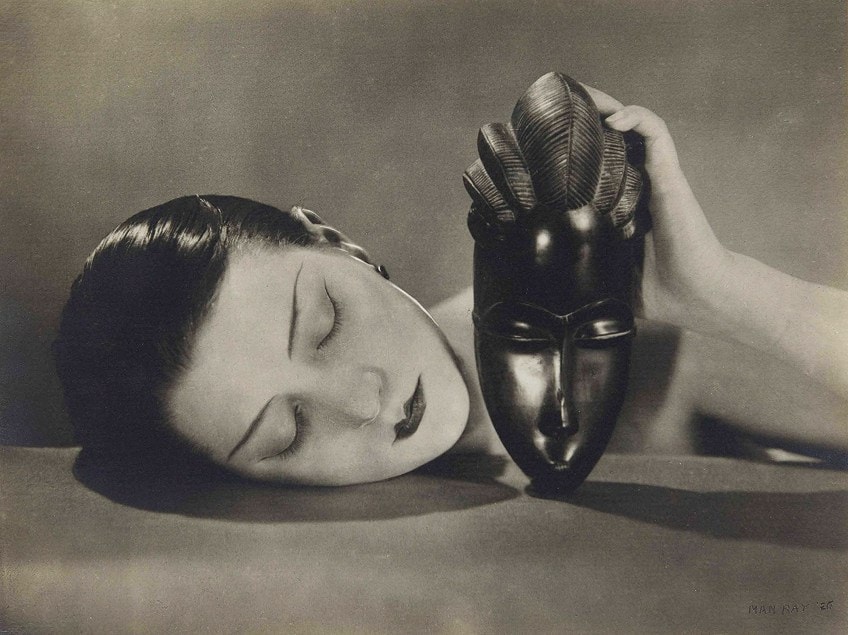
The Gift (1921)
| Date Completed | 1921 |
| Medium | Tacks and iron |
| Dimensions (cm) | 15 x 9 x 11 |
| Location | The Museum of Modern Art |
This unique and spontaneous piece was created on the first day of Man Ray’s solo display in Paris. Ray included it in the exhibit at the last minute as a present for the curator, Philippe Soupault. However, the item drew a lot of attention and vanished at the close of the opening.
To create the piece, he took a plain practical object, an iron, and transformed it by adding tacks on it.
As a result, the tacks, which grip and adhere to the surface, conflict with the iron, which is designed to move easily, and in the process, both are rendered unusable. During his career, he created several individual replicas of the piece, and in his final years, Ray created two limited edition reproductions.

Object to be Destroyed (1923)
| Date Completed | 1923 |
| Medium | Metronome and photo |
| Dimensions (cm) | 21 x 11 x 11 |
| Location | The Museum of Modern Art, New York |
This Man Ray art piece is composed of two elements: one component is a metronome, while a little cutout photo of a woman’s eye completes the composition. The metronome in question is a mass-produced item that may be found in many houses. It was most likely secondhand when Man Ray reconstructed it as an art piece, as it is dented, damaged, lacking minor components, and balances on mismatched feet, despite the fact that its motor is in good working condition.
Its box is composed of wood, while its interior components are metal, and featured a detachable front panel. It is labeled a “readymade”, keeping in the (at-the-time) comparatively new tradition pioneered by Marcel Duchamp of using commonplace produced items in art pieces that were generally altered very little, when at all.
Man Ray swapped out the eye of his former girlfriend, artist Lee Miller, in the subsequent 1932 iteration because she had left him and remarried a rich Egyptian entrepreneur.
The Violin of Ingres (1924)
| Date Completed | 1924 |
| Medium | Gelatin silver print |
| Dimensions (cm) | 29 x 22 |
| Location | J. Paul Getty Museum, Los Angeles |
In this example of Man Ray’s artworks, Man Ray employed Kiki de Montparnasse as his model. By using paint to create sound holes on her back, he converted the feminine body into a musical instrument, toying with the concept of objectification of an alive being. Man Ray was obsessed with contrasting an item with a feminine body throughout his career.
The image was originally inspired by Jean-Auguste-Dominique Ingres’ paintings.
Many artists who worked in the style of Surrealism, including Ray, loved Ingres’ rendering of twisted feminine forms. This is one of several images by Man Ray that have had a long lifespan in popular culture. and Viktor F-holes have emerged as a trendy tattoo motif among band members, and fashion designers such as Rolf and Viktor drew inspiration from the picture while designing their spring 2008 range.
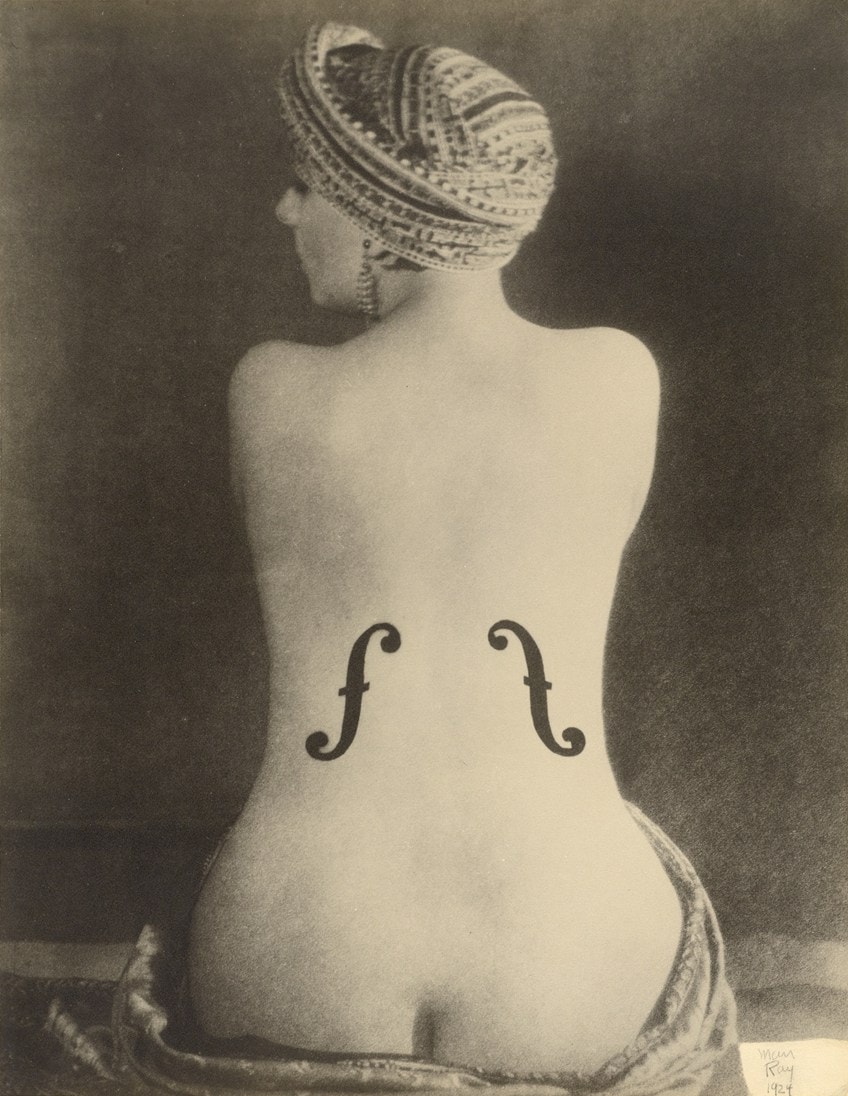
Glass Tears (1932)
| Date Completed | 1932 |
| Medium | Gelatin silver print |
| Dimensions (cm) | 50 x 40 |
| Location | J. Paul Getty Museum, Los Angeles |
This very cropped shot, which looks almost like a still frame from a movie, displays Man Ray’s fascination with cinematic storytelling. The model’s eyes are gazing skyward, leading onlookers to ponder where she’s looking and what’s causing her pain. The work was made shortly after the artist’s divorce from his girlfriend, Lee Miller. Ray made a number of pieces in an effort to “break her apart” as retaliation for a girlfriend who abandoned him. This was a common theme in many of his works. The figure is, in reality, a mannequin with glass bead tears glued on her face.
With this piece, Man Ray is once again pursuing his fascination with reality and the imaginary by questioning the nature of still-life photography.
Observatory Time: The Lovers (1936)
| Date Completed | 1936 |
| Medium | Oil painting |
| Dimensions (cm) | 100 x 250 |
| Location | Private Collection |
This painting has been regarded as the definitive Surrealist artwork, a superb instance of isomorphism, the utilization of biological forms strangely and subtly relating to humanity in a type of precise, lifelike illusionism – the overarching subject in popular Surrealist art during its 1930s peak. Its title embodies Gertrude Stein’s intent on incorporating “time in the arrangement”. Man Ray achieved the dramatic, sweeping message in his works every time.
The larger canvases compelled him to be more methodical in his gestures and pulled him away from the haphazard style that eventually hurt his image as an artist.
Born Emmanuel Radnitzky, Man Ray’s art was intended to offend, entertain, perplex, mystify, and stimulate introspection. He is regarded as an avant-garde artist and a crucial figure in the Surrealism and Dada movements. Man Ray’s numerous endeavors to establish avant-garde artistic groups in New York broadened the American art world’s possibilities. Through several variations of his works in pop culture, his meaningful yet humorous imagery has affected a wide audience for many years.
Frequently Asked Questions
Who Was Emmanuel Radnitzky?
Emmanuel Radnitzky is better known to most people as Man Ray the artist. There is a rather sad and unfortunate reason his parents changed his name at an early age, and it has to do with his family history. He is from a family of Jewish-Russian immigrants and he grew up in a period and place where there was much hate for the Jewish people. So, his family decided from an early age that it would be better for him if his name was not something that would hinder his future prospects and cause unnecessary grief for him.
What Is Man Ray Known For?
Man Ray’s photography is the main aspect of his work. Although he was known for being able to create art in many different styles and mediums, it is Man Ray’s photographs that brought him into the public eye. Man Ray’s photography and art encompassed many movements, such as Dada and the Surrealism movement. Throughout his long career, Man Ray made sculptures, paintings, prints, and films in genres inspired by Futurism, Cubism, and Surrealism. By investigating the nature of still-life photography, Man Ray explored his obsession with reality and the fantastical.
What Happened to Man Ray?
Man Ray proceeded to display his artworks in his later years, including displays in London, New York, Paris, and other locations in the years before his passing. On the 18th of November, 1976, he died in his adored Paris. He was 86 years old at the time. His groundbreaking paintings may be seen in museums all around the world, and he is recognized for his stylistic charm and uniqueness. It was his accomplishment to regard the camera like he used a paintbrush, as a basic tool at the disposal of the imagination.
Isabella studied at the University of Cape Town in South Africa and graduated with a Bachelor of Arts majoring in English Literature & Language and Psychology. Throughout her undergraduate years, she took Art History as an additional subject and absolutely loved it. Building on from her art history knowledge that began in high school, art has always been a particular area of fascination for her. From learning about artworks previously unknown to her, or sharpening her existing understanding of specific works, the ability to continue learning within this interesting sphere excites her greatly.
Her focal points of interest in art history encompass profiling specific artists and art movements, as it is these areas where she is able to really dig deep into the rich narrative of the art world. Additionally, she particularly enjoys exploring the different artistic styles of the 20th century, as well as the important impact that female artists have had on the development of art history.
Learn more about Isabella Meyer and the Art in Context Team.
Cite this Article
Isabella, Meyer, “Man Ray – The Life and Works of Artist Emmanuel Radnitzky.” Art in Context. September 2, 2022. URL: https://artincontext.org/man-ray/
Meyer, I. (2022, 2 September). Man Ray – The Life and Works of Artist Emmanuel Radnitzky. Art in Context. https://artincontext.org/man-ray/
Meyer, Isabella. “Man Ray – The Life and Works of Artist Emmanuel Radnitzky.” Art in Context, September 2, 2022. https://artincontext.org/man-ray/.


